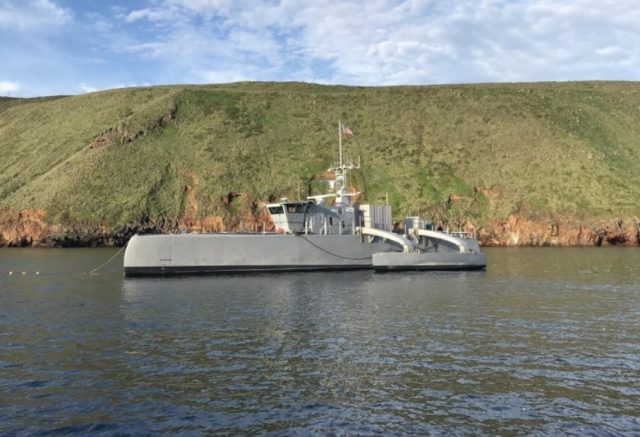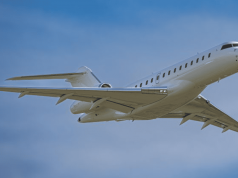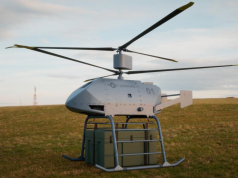The US Navy has officially taken delivery of its second medium-displacement unmanned surface vehicle (MDUSV) from Leidos.
The transition of the Seahawk to the fleet follows the official hand-over of the lead vessel – Sea Hunter – to the navy in 2018.
Leidos built the Seahawk under a $35.5 million Office of Naval Research (ONR) contract from December 2017.
Seahawk is a long-range, high-availability autonomous surface vessel with a composite trimaran hull. Like Sea Hunter, it is substantially larger than other US Navy USVs and has increased capabilities compared to smaller USVs in terms of range, seakeeping and payload capacity. The vessel is designed to operate with little human involvement, providing a forward-deployed and rapid-response asset in the global maritime surveillance network.
“As technology continues to accelerate and adversaries become more sophisticated, our customers must constantly evolve,” said retired Rear Adm. Nevin Carr, Leidos vice president and navy strategic account executive. “We are honored to provide this latest technological advancement to America’s sailors who fight to keep the seas open and free.”
The trimaran’s displacement (fully loaded) is 145 long tons, which includes 14,000 gallons of fuel to power the vessel’s twin diesel engines. Seahawk’s upgraded design follows an evaluation of over 300 lessons learned from Sea Hunter. These upgrades were based on joint evaluations by Leidos and the navy and include upgraded electrical systems, a payload mounting system and test operator control station.
Delivery of Seahawk is the result of seven years of work which started with a joint project between ONR and the US Defense Advanced Research Projects Agency (DARPA). The Sea Hunter was ready for sea trials by 2016 and has so far carried out numerous tests with a range of payloads, including minehunting packages and the Towed Airborne Lift of Naval Systems (TALONS) parafoil-based kite used to deploy payloads of up to 150 pounds between 500 and 1,500 feet in the air for better range and effectivity.
Seahawk will join Surface Development Squadron-1 (SURFDEVRON) in San Diego, California, which is tasked with testing autonomous systems. In the coming years, SURFDEVRON will also be operating a new medium USV built by L3Harris, as well the larger Ghost Fleet Overlord vessels. In addition to these, the US Navy has six companies on contract for work on its large unmanned surface vessel (LUSV) program which foresees the navy putting the first LUSVs to use by the end of 2024.



























